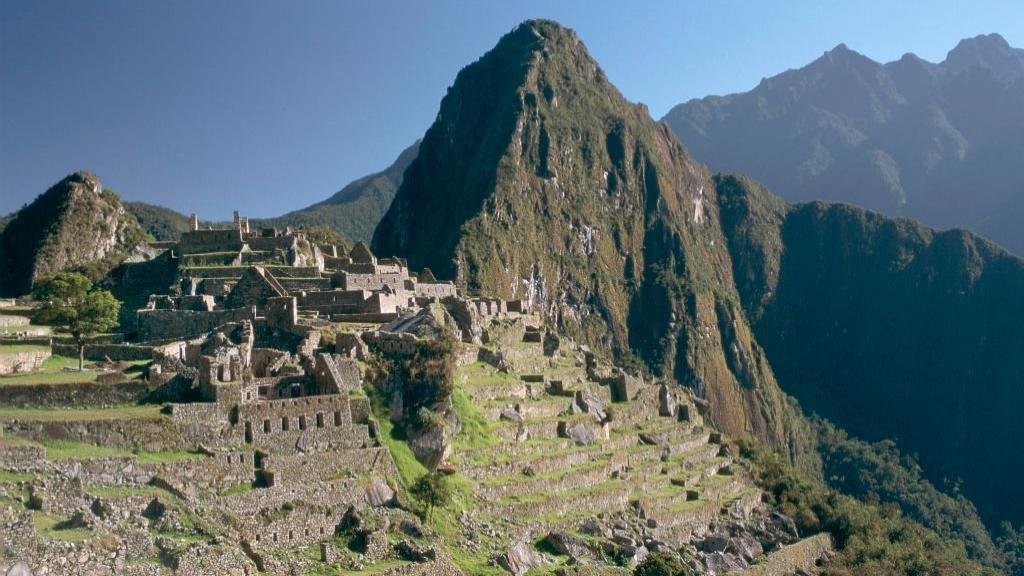
Surely you must have thought about how amazing it would have been to visit the legendary Hanging Gardens of Babylon, or to have set foot on Atlantis before it disappeared into the depths of the ocean. If that's true, then you can't miss the opportunity to visit these 15 spectacular locations around the globe, since they could be gone soon. For example, the place known as the "Gateway to Hell," in Turkmenistan, has been on fire for more than 40 years, which makes it a spot worth visiting before the fire dies out.
More from MamásLatinas: Celebrity vacation pics that will make us forget about winter
The world is full of marvelous places that only our lack of concern as human beings, and more likely than not our greed, have put in serious danger of disappearing. Global warming is making glaciers, including the snows of Kilimanjaro, as well as parts of the North Pole, melt so rapidly that they may be gone within the next decade.
But that's not the only danger we face. Pollution, garbage being dumped in the ocean, and corporate greed that makes exploiting natural resources an everyday thing, have seriously jeopardized spots as iconic as the Salar de Uyuni, the Amazon rain forest, and the Great Barrier Reef in Australia. If you want to learn more about these and other magical places that may one day be gone forever, check out this gallery and then run to get your passport up to date so you can visit all of them while you still have the chance.
The Amazon jungle is the planet's lungs, but it may soon be gone.
Five countries share the Amazon jungle territory, although most of this natural "lung" sits in Brazil. The country's policies are pressing for the uncontrolled cutting of most trees in the jungle, which could mean that end of this rain forest as we know it.
20% of known bird species live in the Amazon rain forest.
This means that if this ecosystem disappears, which current estimates say could happen in the next 50 years, we could see a terrible shift in the planet's fauna. Most of the birds in the Amazon jungle would go extinct, as they would not have the right conditions to breed.
The Congo Basin is in a similar situation to the Amazon.
Around 50% of the world's oxygen comes from this natural wonder created next to the Congo River, in the heart of Africa. Experts estimate that by 2040, more than half of the living species in the Congo Basin will disappear.
Deforestation and illegal poaching of endangered animals are the true dangers in this part of the world.
This is one of the planet's most biodiverse areas, but experts warn that humans' lack of responsibility will soon bring the demise of this magical spot.
Franz Josef Glacier in New Zealand is one of the fastest melting glaciers in the world.
This is one of the most remote parts of the world, but sadly its polar mass is decreasing rapidly due to global warming. The glacier has lost 35% of its size and 25% of its density since the year 2000.
The town of Franz Josef is quite charming, but it will most likely perish once the glacier is no more.
Tourists and geologists come to town to explore the glacier and stay in this worderfully charming village, and so the town will likely go the same way as the glacier once the ice completely melts.
The Galápagos, where Charles Darwin developed his theory of evolution, could soon be gone.
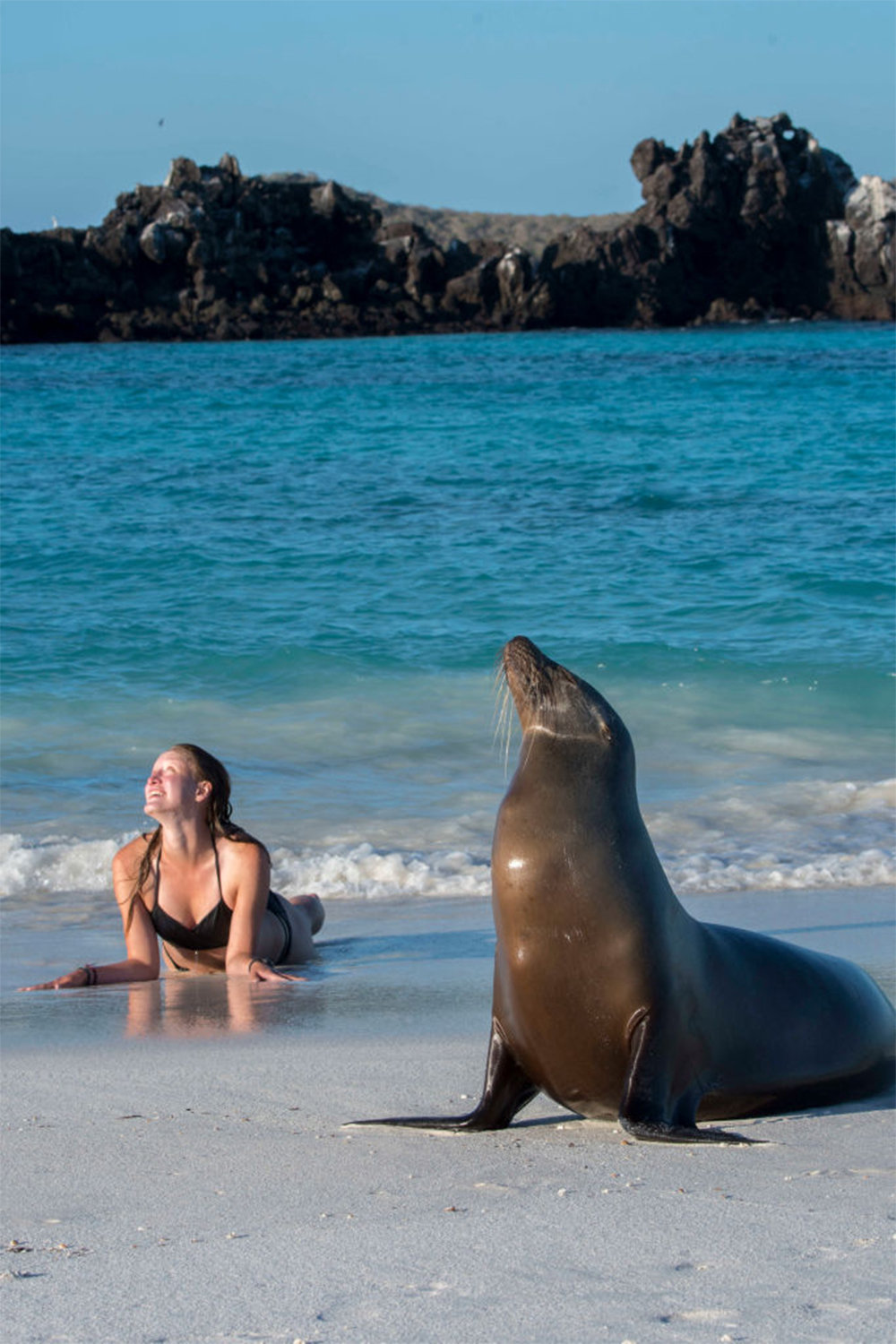
Darwin said the Galápagos was "a world on its own," because the biodiversity of species there was so vast and independent from the rest of the world, that they had evolved separately from the species on the American continent. But 200 years after his studies, these historic islands may soon be gone forever.
Massive tourism is ruining the ecosystem.
Sadly, 100-year-old tortoises, reptiles that are direct descendents from dinosaurs, as well as the islands' indigenous birds, are in clear danger of extinction because of the massive tourism in the area in the last two decades.
The snows of Kilimanjaro could be gone within 20 years.
Ernest Hemingway would shed a tear if he was around to see that the inspiration for one of his best novels maybe gone forever in 20 years. Global warming seems unstoppable and spots like Kilimanjaro are sadly the first to suffer its consequences.
Kilimanjaro is one of the tallest mountains in the world that can be hiked, but its snow caps may soon be a thing of the past.
Studies say that 85% of the snow caps that covered the mountain in 1912 are now gone, and that one-fourth of the snow on the mountain top in the year 2000 has already melted. This means soon you will be able to travel to Tanzania and hike the mountain, but you will likely not see the snow anymore.
If you want to enjoy Maldives as they are, you'd better travel there fast.
All that's good must come to an end, and so the Maldives were bound to disappear … because they are gorgeous. It's the country at the lowest sea level in the world, and it's estimated that in the next century the entire archipelago will be under water.
This blissful paradise is bound to disappear.
It's a honeymooner's dream, which makes sense since it is a beautifully romantic spot. But sadly, in less than 100 years no one will get to enjoy this wonderful piece of the world.
Komodo Island will probably suffer the same fate.
Human development has significantly raised the acidity of the ocean water surrounding Komodo, and so its coral reef and most of its flora and fauna will soon be completely gone. Authorities are looking for short-term solutions to this terrible problem, but it seems likely the island will be uninhabitable in as little as 60 years.
Species like the Komodo dragon are in serious danger of extinction.
In the same way people go to Galápagos to see the 100-year-old tortoises, tourists end up in Komodo for its dragons. Komodo dragons are the living reptiles with the most similar DNA strands to the extinct dinosaurs. However, given the acidity problems on their island, these wonderful creatures will soon suffer the same fate as their ancestors.
Montana's Glacier National Park is one of the most magical places on earth.
The glaciers make this natural park stand out from all the others in the US. When the park opened almost 100 years ago, there were 150 glaciers; today there are barely 25. The current estimate says by 2030 they will all be gone.
This national park is one-of-a-kind and as beautiful as they get.
While many other national parks are usually at the top of the must-visit guides that will reach your inbox, this is a magical place you should go to while there are still glaciers to be admired.
The birthplace of the Olympic Games may be devoured by fire.
The first Olympic Games took place in Olympia, Greece, in 776 AD. From then until today, the city is one of the most valued archaeological sites in the world. But wildfires have been ravishing the area every summer and there's no telling when they'll have their way with the city ruins.
High temperatures and lack of rain are a true threat to the area.
Rising temperatures have become a headache for Olympia and its surrounding areas, since it has caused many wildfires to spread uncontrollably in the last few summers. Authorities fear the fires will soon reach the ruins.
Australia's Great Barrier Reef is currently counting down to its demise.
The Great Barrier Reef is one of the most impactful places in the world, but man has been irresponsible enough with it for way too long. This has put it in great danger of dying.
The marine biodiversity in this amazing coral reef could soon die off.
There are around 1,500 marine species living in the Great Barrier Reef, but in the last 27 years, mankind's lack of care for it, as well as the rising water temperatures, have killed off more than one-half of this living and breathing organism. The whole reef may perish before 2030.
Humans could also end up destroying Machu Picchu.
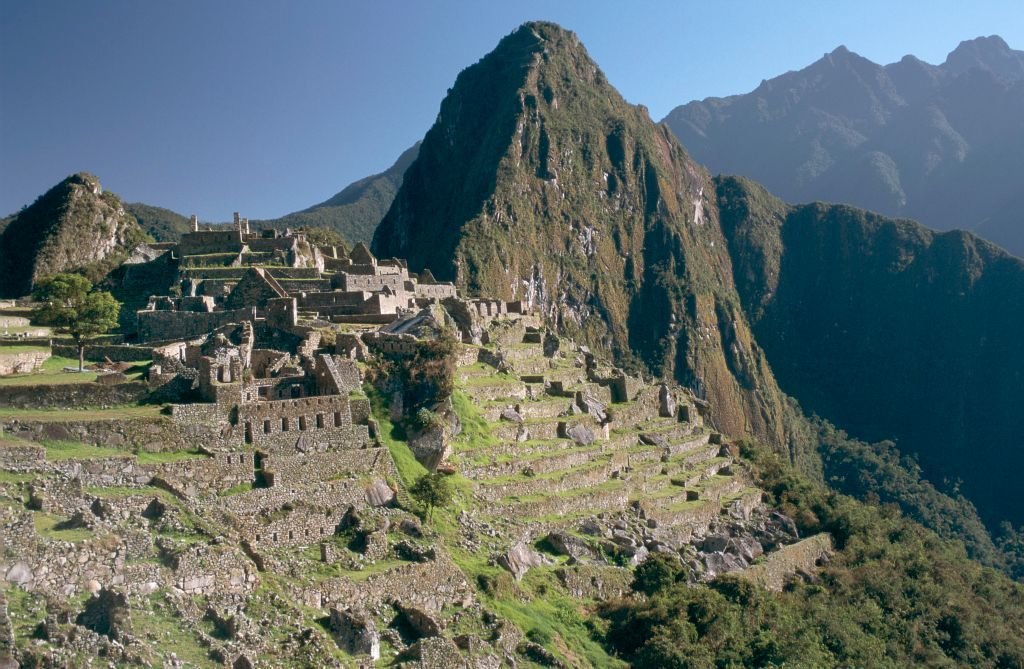
Many generations have marveled at the sheer magic of Machu Picchu in the Andes mountains of Peru, but it is that same foot traffic that may be the end of the legendary city. Tourism to the Inca site has grown exponentially and protection measures are nonexistent.
It's definitely worth a trip while you still can.
The Inca ruins may be completely destroyed in the coming decades, if efforts are not made for their protection. But it's worth visiting while you can, and spend a few days in the wonderful neighboring village of Aguas Calientes.
The Salar de Uyuni could become a victim of human greed.
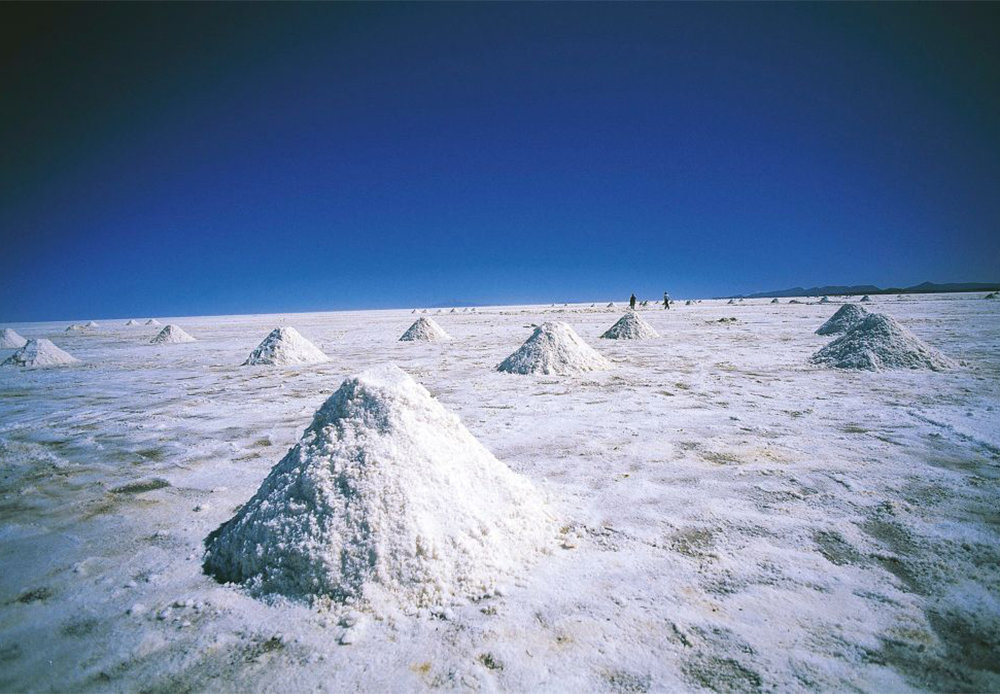
One of Bolivia's most iconic sites could be devastated if the government continues to move forward with its plans to extract the vast reserves of lithium that lay under these salt steppes.
Visiting the salt desert is an experience you cannot miss.
More than 50% of the lithium reserves in the world–needed for all types of batteries–lay under the Salar de Uyuni, which, of course, makes it a prime target for the Bolivian government to try to devise a plan to extract this precious mineral. What actually happens to the Salar is probably not that important to them, as long as the price is right for the lithium it holds.
You have to live this amazing experience, at the Gates of Hell in Turkmenistan.
The images are unbelievable and you can quite literally walk to the edge of this crater that has been burning for more than 40 years. The surroundings are surreal and the locals have dubbed it the "Gates of Hell." It is in reality a natural gas leak that a group of scientists set fire to and that has kept burning. Nobody really knows when it will stop burning, so it's worth visiting as soon as you can.
A failed experiment gifted us this unusual natural wonder.
In 1971, Soviet geologists explored the crater and ruptured a natural gas chamber. They decided to set it on fire so the gas would not endanger the nearby population; what they didn't know was that nearly 40 years later it would still be burning strong.
Venice's poor infrastructure could sink it to the depths of its famous canals.
One of the world's most romantic cities, given its peculiar design over the city canals, is in serious risk of being completely submerged because of how corroded its foundations are.
The local government hasn't done much for the upkeep of this wonderful city.
Venice is decrepit, smells like stagnant water, and local authorities have not found a way to fortify its structures so it doesn't end up under water. It's a real shame and yet another reason to visit it before it's too late.
The North Pole is melting, which could well mean the end of the world.
This is extremely bad news and unless the entire planet decides to lend a helping hand, the unstoppable climate change will take the North Pole with it, which could mean the end of the world as we know it.
Only scientists tend to visit the North Pole, but you should if you have the chance.
It is not a touristy spot by any means, although the melting of the polar caps is revealing areas that were never seen before. That's why it's worth visiting if you have the chance, before the world changes drastically.
Pin It!
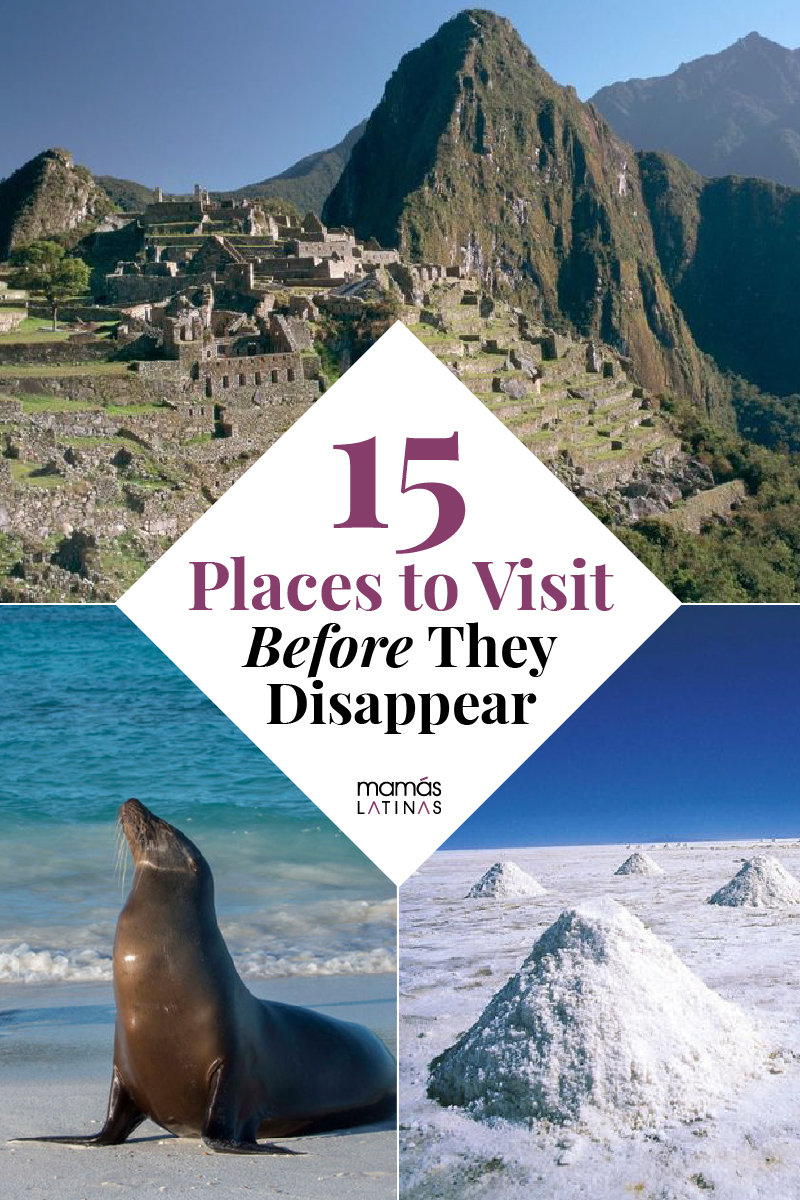
Add this graphic to your Pinterest boards to save these 15 places for you to visit before they disappear.




